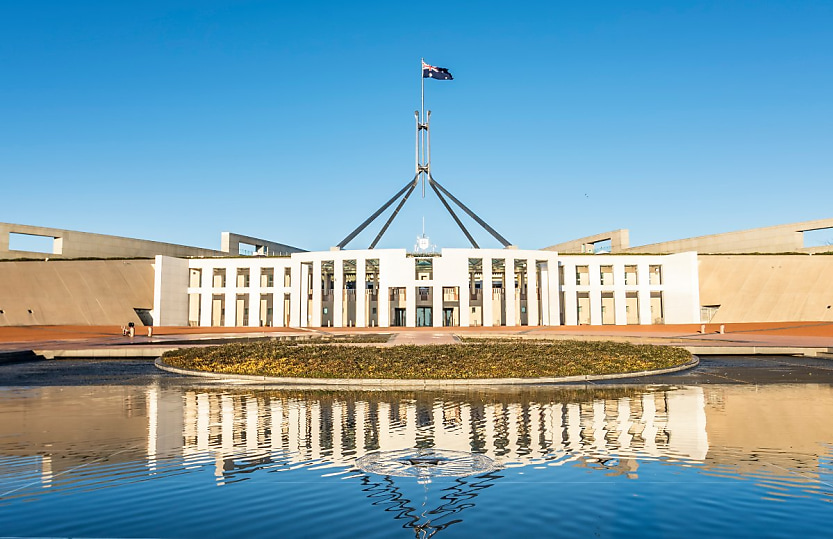Government consults on details of payday super measure

The government is exploring potential models for its payday super reforms as well as changes to the SG charge.
Treasury has today released a consultation paper on the government’s plans to legislate for employers to pay their employees’ SG contributions at the same time that they pay salary and wages.
The change, which was previously announced as part of the federal budget, is set to apply to all employers from 1 July 2026.
Proposed models
The government is looking at two potential models for the implementation of the measure. One is an employer payment model that would impose the requirement on the employer to make payment of the SG contributions on the day that wages and salary are made.
The alternative option is a due date model that would require contributions to be received by the superannuation fund within a certain number of days following ‘payday’.
The consultation paper has proposed that the definition of ‘payday’ under the reforms would capture every time a payment with an OTE component is made to an employee.
“For example, some payments with OTE components may occur outside of the regular pay cycle, such as termination payments. It is envisaged that these events will still constitute an employee’s ‘payday’ given they contain OTE components,” it said.
Employee SG contributions will be based on the OTE paid to the employee on the payday. Employers will calculate SG owing consistent with STP reporting.
Changes to the SG charge and new penalties for non-compliance
As part of the changes, the government will also amend the SG compliance framework, including amending the calculation of the SG charge and adding new penalties to encourage compliance.
The current SG charge is currently based on the quarterly model and will be updated to align with the payday super model under the proposed changes.
One of the models proposed in the consultation paper for adjusting the SG framework is an employer payment model where the SG charge is based upon a requirement that the employer make the payment of an SG contribution on payday.
“Where a payment is not made on payday, an employer would become liable to pay the SG charge from this date,” the paper said.
Alternatively, Treasury said the SG charge could maintain the current model whereby an employer becomes liable to pay the SG charge if their employee’s superannuation contribution is not with their fund by a specified due date.
A ‘due date’ model would require contributions to be received by a superannuation fund within a certain number of days following an employee’s payday.
“As is currently the case, the day superannuation amounts are required to be received by an employee’s superannuation fund will be referred to as the superannuation ‘due date’. If funds are not in the account by the due date, the employer will become liable to pay the SG charge,” the paper said.
It is envisaged that the due date for superannuation contributions to reach a super fund would be between 8 to 13 days after payday.
“This is based on an assumption that the current payment process would be streamlined and the Bulk Electronic Clearing System is still the main payments platform,” the paper said.
The government is also considering updating the calculation of the SG charge to ensure it works appropriately in the context of payday superannuation.
Nominal interest is currently calculated on the total of the individual SG shortfall amounts from the beginning of the quarter and stops accruing when an employer lodges an SG charge statement or a default assessment is made by the ATO.
Under a payday super model, the nominal interest would instead be calculated from payday.
“Additionally, the current 10 per cent per annum rate of nominal interest applied to the total of the individual SG shortfall amount could be amended if it is considered it is no longer fit-for-purpose considering other potential changes to the SG charge calculation,” the paper said.
“This could involve applying a floating rate of interest, such as the general interest charge, or retaining a fixed rate but considering adjustments in the context of any broader changes to the SG charge.”
Given payday super would involve ATO reconciliations for missed payments occurring on a more frequent basis than quarterly, the government is considering changes to the application of the $20 fee that currently applies for each reconciliation period to avoid the potential for excessive penalties.
The government will also consider applying new penalties for more egregious non-compliant behaviours to ensure employers pay any SG charge that they owe.
“These penalties could apply to employers through the SG charge and then additional penalties after a period of time where they do not engage with the ATO to rectify a payment error,” the paper said.
“These penalties could apply to the offending business as well as the directors individually.”
SG recovery measures
Under the changes, the ATO will also begin to publish improved SG recovery measures from the 2026–27 financial year onwards once the upgrade of the ATO’s data and compliance capabilities is completed.
The consultation paper said these measures will provide useful and clear insights into employer compliance with SG obligations and the efficacy of the ATO’s capability to identify and recover unpaid SG.
“Improvements in the ATO’s ability to recover unpaid SG will require the ATO to reassess debt recovery processes and policies to ensure that employees receive their SG contributions. The improved SG recovery measures will include the development of an improved methodology for calculating the SG gap,” it said.
“The improved SG gap measure would make the best use of the improved ATO capabilities and policy settings, including data matching and data quality improvements. The ATO will be able to estimate the amount of unpaid SG through a bottom-up method, based on data reported at the individual employer, employee, and fund levels, rather than the current methodology which relies on aggregate statistics.”
About the author

